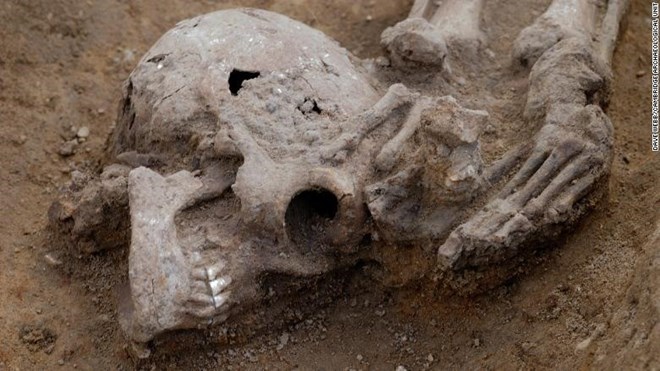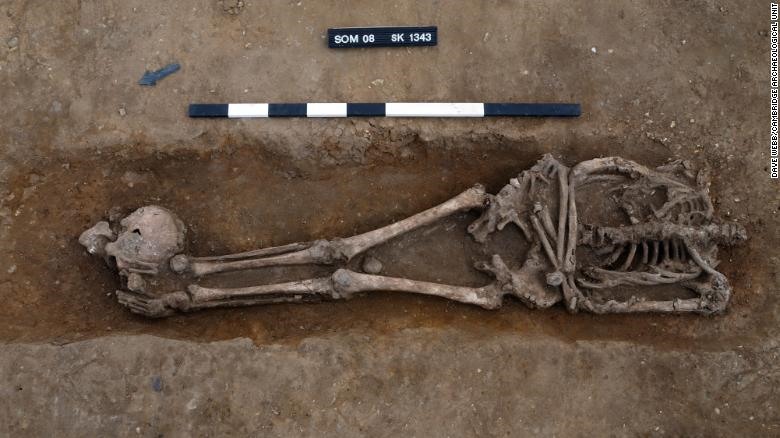
CNN reported that the Cambridge Archeology Unit (CAU) discovered 52 graves during the excavation of Knobb’s farm in Somersham, England , of which 13 were buried face down.
The heads of many decapitated bodies were placed at their feet and some knelt as they died, according to a research paper published online in the journal Britannia in early May by Cambridge University Press.

The Roman Empire ruled the lands of Britain for around 400 years until 410 AD and some towns still have remnants of medieval walls built partly from Roman fortifications. Code.
Many of the remains were not well preserved, some had only traces of dust and dirt, but there were no signs of defensive injuries and generally no direct pre-mortem trauma other than decapitation was evident. , evidence suggests that these deaths were intentional.
According to the study, the number of decapitated and buried bodies, some buried face down, was “exceptionally high” compared with other Roman cemeteries across Britain. The researchers added that 33% of bodies had been decapitated, compared with other cases across the UK, which ranged from 2.5% to 6.1%.
It’s unclear why some people were buried face down, but “it could not have been a mistake,” as 13 people were buried that way, the study found. Some possible explanations could be that these people were involved in crime or that the family was ashamed of the deceased.
Isabel Lisboa – the research project’s archaeological consultant – said: “DNA testing showed that there were nine different types of groups from many different places. And these settlements were located in large rural areas. providing grain and meat to the Roman army”.
Regarding the question of why so many people are beheaded, Ms. Lisboa said the most likely explanation is execution for crime, with another possibility being some kind of ritual.
During the later stages of the Roman occupation of Britain, the number of criminals sentenced to death increased from 14 to 60, as state unrest became increasingly evident.

According to Ms. Lisboa: “Roman law seems to have been applied extremely harshly at Knobb’s farm because it was associated with providing food to the Roman army, so there were many beheadings.”
According to the study, most of the remains are believed to be of adults over 25 years old, some of which showed signs of anemia and tooth decay.
Fifteen burials contained small pots and ceramics, such as cups dating from the 3rd and 4th centuries AD. Archaeologists also found a comb in a tomb, which may have been in the hair of a beheaded woman.
According to research, there were settlements in the area throughout the Roman period , peaking between 250 and 325 AD.
Field investigations at Knobb’s farm were conducted by CAU from 2004 to 2010.